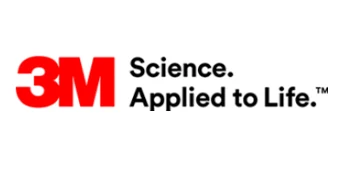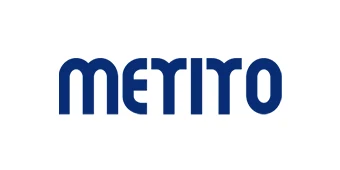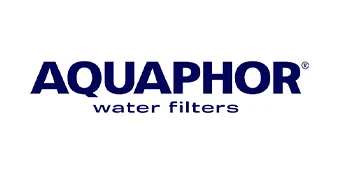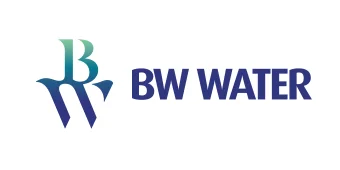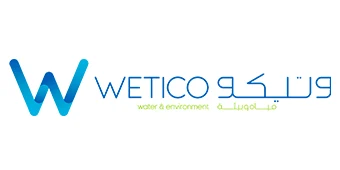- Water Quality
The nature and quality of the water to be disinfected are important factors to consider when selecting the right UV system or determining if UV disinfection is feasible or suitable. Among all water quality parameters, ultraviolet transmittance is the most important.
- Water Flow Rate
The duration of contact is a key factor in determining the effectiveness of short-wave ultraviolet inactivating specific pathogens; contact time refers to the time that the pathogens are exposed to a specific intensity of short-wave ultraviolet. The longer the contact time, the more short-wave ultraviolet radiation penetrates the pathogen cells, making the inactivation process more effective. The slower the water flows through the ultraviolet system, the longer the ultraviolet contact time, and vice versa; therefore, the maximum and minimum water flow rates should be considered.
- Pathogens to be inactivated
Different pathogens have different resistance to ultraviolet light, and some pathogens are more sensitive to ultraviolet light than others. Therefore, in order to inactivate different pathogens, different exposure to short-wave ultraviolet light is required. In order to select the right UV system and make it according to the actual situation, it is necessary to determine which pathogens need to be inactivated.
- Water Treatment Capacity
The design water capacity, average flow rate, and flow rate variation coefficient have a significant impact on the treatment effect.
- Selection of Ultraviolet Lamps
Even if the total effective output power is the same, the type and quantity of lamps have a significant impact on the sterilization effect.
- Water Quality Indicators
The main indicators include raw water suspended solids concentration, suspended solids particle size, turbidity, UVC transmittance, bacterial content, etc.
- Other Factors
This includes environmental factors of equipment usage (such as temperature, humidity) and other special requirements from users (such as system installation method, etc.).












